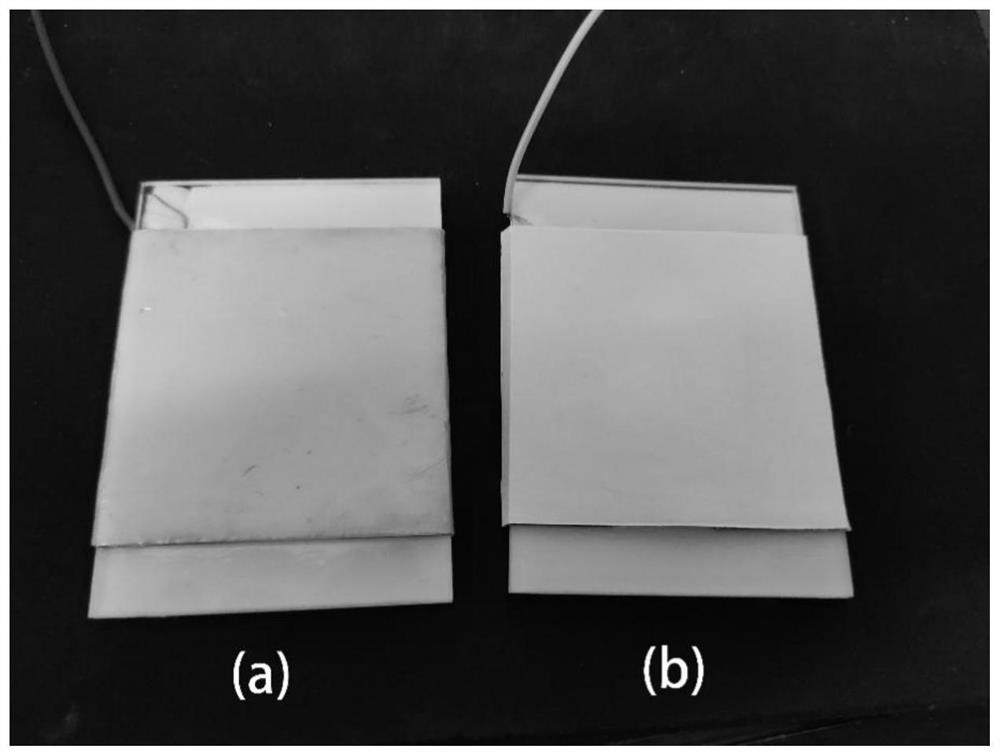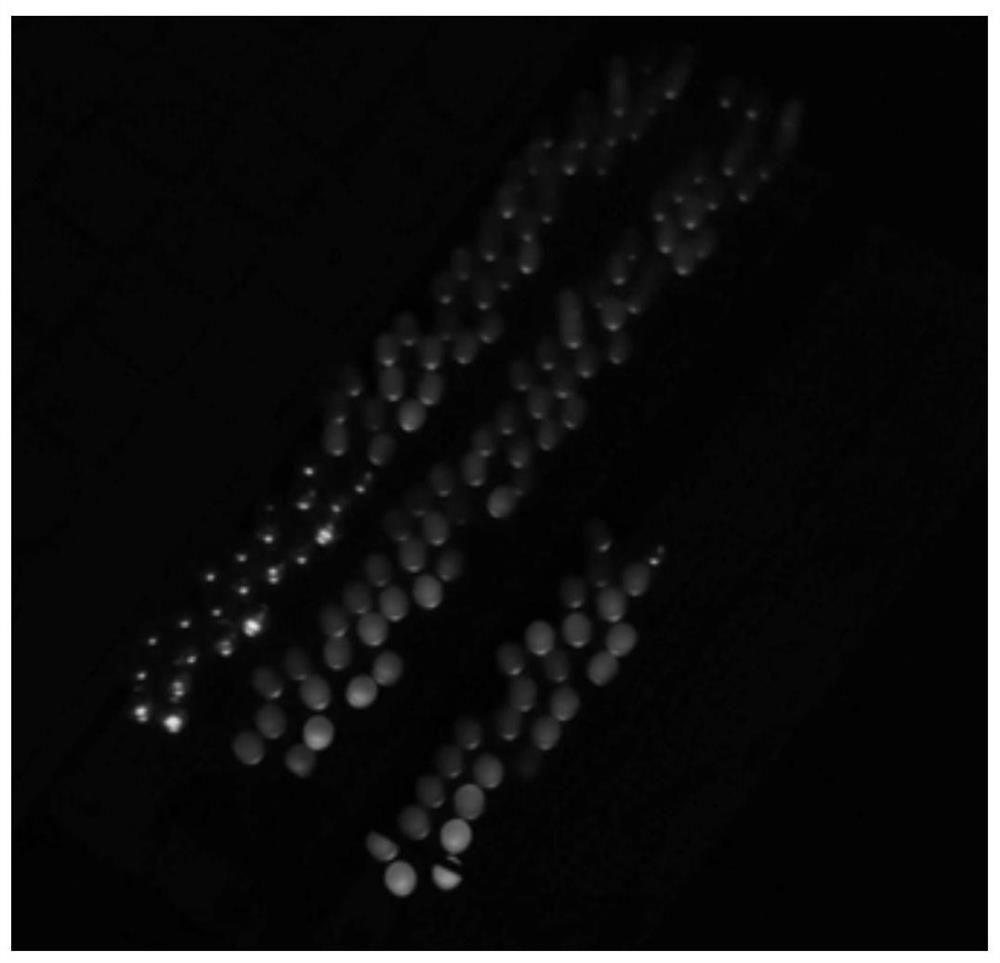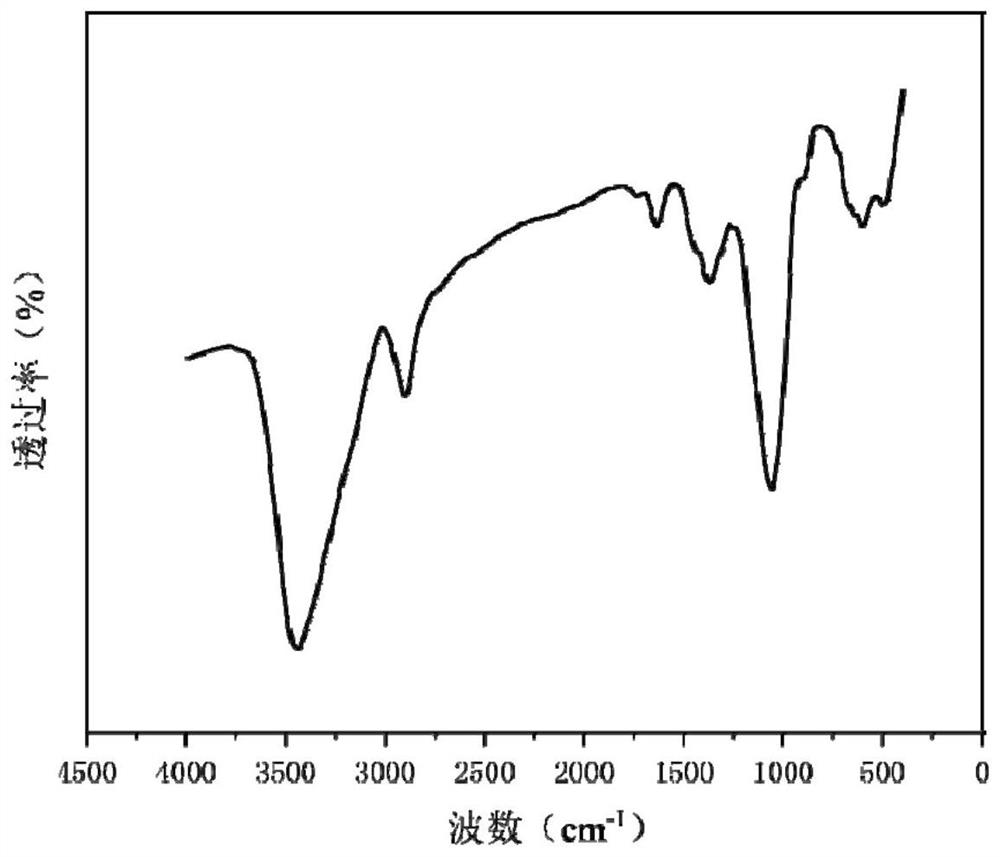Preparation method of sisal fiber paper-based friction nano-generator
A nano-generator, sisal fiber technology, applied in the direction of triboelectric generator, cellulose pulp post-processing, fiber raw material processing, etc., can solve problems such as energy and environmental problems, and achieve the effect of low cost of raw materials and simple steps
- Summary
- Abstract
- Description
- Claims
- Application Information
AI Technical Summary
Problems solved by technology
Method used
Image
Examples
Embodiment 1
[0028] (1) Repeatedly rubbing, washing and drying the sisal fiber raw material treated by the sisal plant to remove the tissue debris and silt on the surface, and then cut it into small sections of 5-10mm.
[0029] (2) Put 5 g of sisal fibers obtained in step (1) into a 100 mL high-temperature reactor, add 70 mL of NaOH solution with a concentration of 2.5 mol / L, assemble the high-temperature reactor, put it into an oven, and heat up to 160 ° C for 14 Hour.
[0030] (3) The mixed solution obtained in step (2) is subjected to suction filtration, and the filter residue (sisal cellulose) is taken. Wash the sisal cellulose repeatedly with deionized water until the filtrate is neutral, and place it for later use.
[0031] (4) After the sisal cellulose obtained in step (3) is suction-filtered excess moisture, it is poured into a beaker, and adding mass percent concentration is 5% H 2 o 2 solution, and then placed the beaker in a water bath at 60°C for 1 hour to bleach. After ble...
Embodiment 2
[0035] (1) Repeatedly rubbing, washing and drying the sisal fiber raw material treated by the sisal plant to remove the tissue debris and silt on the surface, and then cut it into small sections of 5-10mm.
[0036] (2) Put 5 g of sisal fibers obtained in step (1) into a 100 mL high-temperature reactor, add 70 mL of NaOH solution with a concentration of 2.5 mol / L, assemble the high-temperature reactor, put it into an oven, and heat up to 160 ° C for 14 Hour.
[0037] (3) The mixed solution obtained in step (2) is subjected to suction filtration, and the filter residue (sisal cellulose) is taken. Wash the sisal cellulose repeatedly with deionized water until the filtrate is neutral, and place it for later use.
[0038] (4) After the sisal cellulose obtained in step (3) is suction-filtered excess moisture, it is poured into a beaker, and adding mass percent concentration is 5% H 2 o 2 solution, and then placed the beaker in a water bath at 60°C for 1 hour to bleach. After ble...
Embodiment 3
[0042] (1) Repeatedly rubbing, washing and drying the sisal fiber raw material treated by the sisal plant to remove the tissue debris and silt on the surface, and then cut it into small sections of 5-10mm.
[0043] (2) Put 5 g of sisal fibers obtained in step (1) into a 100 mL high-temperature reactor, add 70 mL of NaOH solution with a concentration of 2.5 mol / L, assemble the high-temperature reactor, put it into an oven, and heat up to 160 ° C for 14 Hour.
[0044] (3) The mixed solution obtained in step (2) is subjected to suction filtration, and the filter residue (sisal cellulose) is taken. Wash the sisal cellulose repeatedly with deionized water until the filtrate is neutral, and place it for later use.
[0045] (4) After the sisal cellulose obtained in step (3) is suction-filtered excess moisture, it is poured into a beaker, and adding mass percent concentration is 5% H 2 o 2 solution, and then placed the beaker in a water bath at 60°C for 1 hour to bleach. After ble...
PUM
| Property | Measurement | Unit |
|---|---|---|
| diameter | aaaaa | aaaaa |
| thickness | aaaaa | aaaaa |
| thickness | aaaaa | aaaaa |
Abstract
Description
Claims
Application Information
 Login to View More
Login to View More - R&D
- Intellectual Property
- Life Sciences
- Materials
- Tech Scout
- Unparalleled Data Quality
- Higher Quality Content
- 60% Fewer Hallucinations
Browse by: Latest US Patents, China's latest patents, Technical Efficacy Thesaurus, Application Domain, Technology Topic, Popular Technical Reports.
© 2025 PatSnap. All rights reserved.Legal|Privacy policy|Modern Slavery Act Transparency Statement|Sitemap|About US| Contact US: help@patsnap.com



